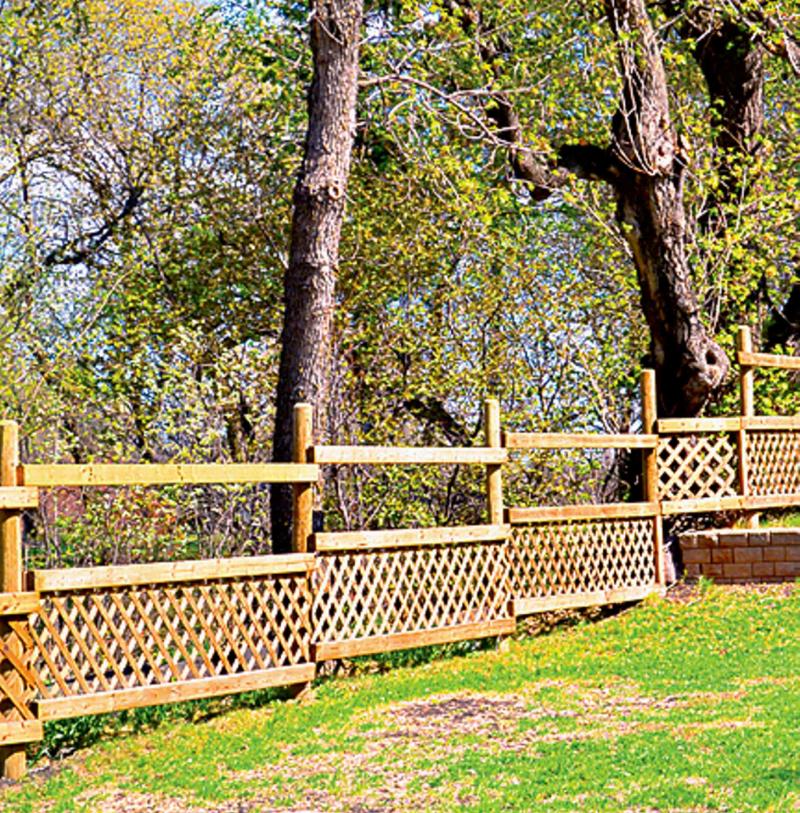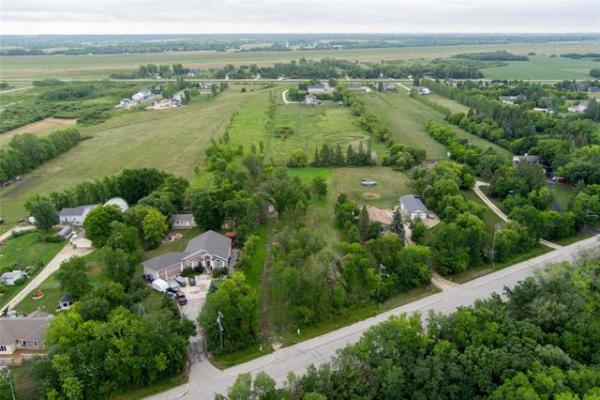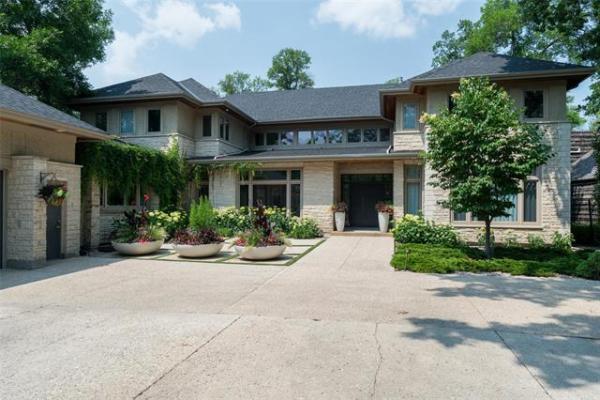
Fences add curb appeal to your home and say a lot about you, the owner.
A chain-link fence, for example, suggests a person who is more concerned with practicality than esthetics; he may own a dog that would leave scratch marks on a board or picket or chew through the wood.
Pros for chain fences are they come with a multi-year guarantee, are very strong and tend to be less noticeable than other enclosures because the chain grid provides more open than closed space. Polymer pickets can be woven between the mesh to create a non-see-through fence that provides plenty of privacy. People also grow vines over their chain mesh to add privacy during the warm months when the leaves bloom.
Cons of chain link are cost and the complexity of installation. This is not the kind of job most DIYers will tackle. When labour, post concrete, connectors, fasteners and fencing are included, the cost of 100 feet of fence is between $30 to $35 per lineal foot or $3,000 to $3,500. Polymer pickets or weaves are also expensive, costing about $85 to $90 per 10 lineal feet.
Wood fences are for people who love the warmth of the material as well as its myriad esthetic and practical possibilities.
Pros for wood are its low cost compared to most other products. For example, a six-foot-high picket fence can be owner-built from brown treated fence boards, posts and rails for about $9 per lineal foot or $900 for 100 feet. The price drops if green-treated or untreated spruce boards are used. Also, pre-assembled spruce, treated wood or cedar panels are available from Rona in six-foot-high by six- or eight-foot long sections in a variety of privacy styles from $72 to $137. These prices do not include posts or concrete, but Rona will install a complete fence at extra cost. Yet another pro for wood is its versatility. For people who enjoy a country look, treated round posts with a spiked end that can be driven into the ground and 16- to 20-foot rails can be sourced by contacting lumberyards. Classic post and rail fences do not offer a lot of privacy, but they are inexpensive and easy to erect, and they add a classic country appearance to any yard, rural or urban.
Cons are wood, treated or untreated, will require upkeep to prevent it from turning grey or begin to prematurely rot. If you are a fan of grey wood, as many people are, the aged look won't bother you, but you still should cover the wood with a clear coat of preservative to maintain its structural integrity. Pre-stained, preserved wood with a cedar colour will sun-bleach after several years, returning to the original green shade of the chemical preservative, which will eventually turn grey. Once again, you could leave the wood grey and paint on preservative, as required or you can stain the lumber any colour you want, choosing from an enormous variety and palette of commercially available products. In my experience, Sikkens manufactures the best and priciest stains to preserve wood. One other con is untreated spruce, even if it is covered with paint or some high-quality stain, will show signs of rot within five years, especially at ground level where splashback from rain or tall-grass moisture will enter the cells and trigger the decaying process. If you are wary about the chemicals in treated lumber, build with solid cedar, which, though expensive, contains natural oils that protect the wood. Without maintenance, solid cedar will turn grey over time.
Brick or stone fences are my favourites because they are solid, lovely to behold and reminiscent of the hundreds of thousands of miles of stacked fieldstone dividers that traverse England, Scotland, Ireland and many European countries. A stone fence says you have a strong sense of history and wish to show the world you are not a pushover.
Pros are the unequalled beauty, longevity and massive strength of these fences, which can be constructed of almost any stone product. Barkman sells a line of standard stack stones that are held together between rows by a tongue-and-groove joint, which allows a DIYer to erect them without the help of a mason. The standard stones are good to a height of three feet for fences and can be used as garden retainer walls. For fences over three feet and up to 10 feet high, more expensive Pisa stones are recommended by Barkman. If you can find them, old bricks capped with limestone copying create a traditional, eye-catching fence that reminds one of old mansions. Limestone blocks or round fieldstone can also be fashioned into spectacular yard dividers that will be the envy of neighbours.
Cons are brick or stone fences are the most expensive to build, especially when a mason is required to mortar the pieces together. Also, a solidly packed base is required to carry the weight of a stone fence; otherwise, it will crack or even fall over. Moreover, though most stone weathers well, limestone is prone to black and red staining due to rain, airborne pollutants and contact with plants.
Metal fences come in such a wide selection of materials and designs, it is impossible to describe them in a few paragraphs. People with yards protected by metal fences often cherish their privacy and want their neighbours to know that "just dropping in" is not considered proper etiquette.
The pros are the fences are available in steel, wrought iron, aluminum and other metals. Generally speaking, a good-quality metal enclosure will last indefinitely, with just a little upkeep involved such as a coat of rust-preventive paint every 10 years to preserve ferrous-based metals. These fences are sold in a variety of heights.
The cons are expense and, with cheaper products, welds or fasteners that break after a few years of use or peeling paint. DIYers can put in many of these products, but the higher-end metal fencing usually requires the services of a professional installer.
davidsquare81@yahoo.com



